The annual use of land for the cultivation of various crops greatly depletes the soil, significantly reduces its fertility. There are many ways to compensate for the nutrient deficiency in it, the most popular is sowing green manure. But how and when to sow them, when to bury them, is it possible to plant them in the fall or is it better still in the spring? You will find the answers to these questions below.
Table of contents
What is green mans
Siderata are plants that have the ability to restore the soil structure, enriching it with valuable trace elements, without which the normal growing season of any fruit crop is impossible.
The peculiarity of the orderlies plants is that in a short period of time it is possible to obtain a unique green fertilizer, rich in nutrients:
- nitrogen;
- calcium;
- zinc;
- magnesium;
- iron and mn. others
After diseases and parasites were found on a seasonal bed, it is simply necessary to improve the soil. Using sideratov for these purposes is an affordable and simple tool.
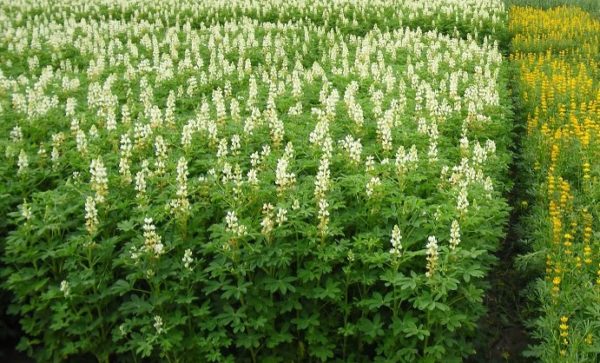
Pros and cons of landing
You can appreciate the benefits of siderate cultures by their beneficial properties:
- the use of plants by orderlies for the rehabilitation of the soil is a natural process, which indicates safety;
- fertility restoration and structure improvement occurs in just a few months (before decomposition of the green mass);
- preventing the formation of erosion;
- the form of fertilizer is acceptable for microorganisms living in the soil environment;
- siderata inhibit the growth of weeds;
- deeply penetrating root system of cultures makes the soil loose, thereby increasing its air and moisture permeability;
- grown siderats just perekapyvayutsya on the site, the need for their collection, carrying, distribution on the bed disappears;
- cultivating the land with green fertilizers cleanses off harmful bacteria, spores, pest larvae and the parasites themselves.
In discussions of gardeners there are also negative reviews about the use of sideratny plants. For example, during the landing of the clover there is a germination of shoots for several years. This is explained by the fact that this culture is a multi-year one, therefore, the grass cannot be brought out in one year. Someone thinks this is harm and gives preference to annual herbs.
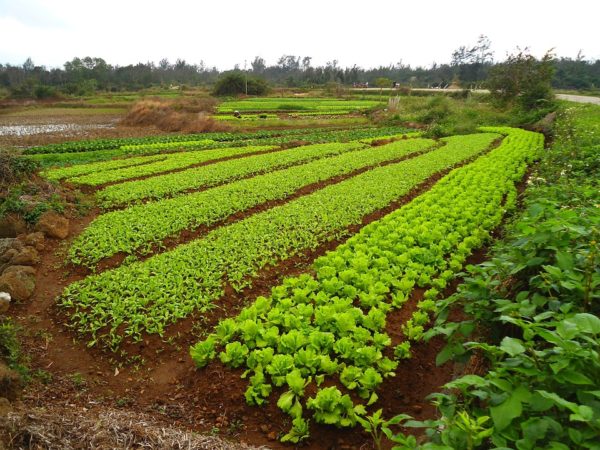
In this case there is only one recommendation - before sowing you need to familiarize yourself with the characteristics of the siderata,and only then decide on its use.
If you reach the seed formation, you will not be able to get high-quality fertilizer. The stems at this stage become woody. Therefore, it is important not to miss the beginning of flowering period, when the plant is filled with the maximum amount of micronutrients and maintains the delicate structure of the stems and foliage.
Sideratov species and their landing rules
Radish oilseed
The culture is melliferous, fodder, and also used as a green fertilizer. The grass enriches the soil with humus and organic matter. The presence in the composition of essential oils provides a deterring effect from pests, fungal diseases. Pancake radish is used in the fight against wireworm and nematode.
To cut off greens for use as a fertilizer need for 5-7 week of growing season. Autumn harvesting should be completed 2 weeks before the soil freezes. Putting it in the ground is better with a shovel or cultivator.
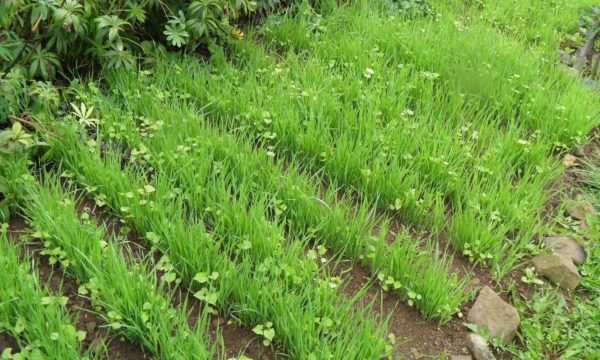
Annual rye
One of the most popular plants of orderlies at the dacha is rye. The culture is unpretentious to the type of soil, can withstand dry weather. Simple agricultural technology is complemented by useful sideratnye properties:
- facilitates dense soils;
- suppresses weeds;
- inhibits fungal spores, helps get rid of nematodes;
- increases soil fertility.
Seeding is planned from the end of August to the 20th of September. Green mass is growing rapidly, forming dense bushes. When the height of the greenery reaches 15-20 cm, the above-ground part is cut and embedded in the ground.
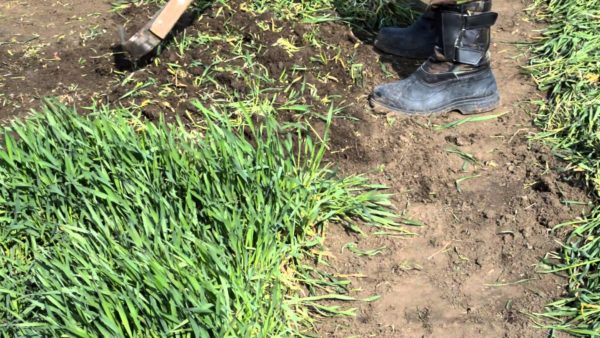
Phacelia for good soil
Phacelia has not only an attractive appearance, but also has the ability to lighten heavy soils, to enrich them with valuable trace elements. Feature of the plant is considered to be good compatibility with almost all garden crops, so after cutting the green you can plant everything.
Sowing is done in spring or after harvest (until the end of August). Some gardeners planted phacelia in the winter. Any type of soil is suitable for growing green fertilizer.flowers grow even on nutrient-poor rocky terrain.
Plant features:
- improves soil fertility;
- prevents the formation of erosion;
- drives away pests;
- cleans the environment from harmful bacteria and spores.
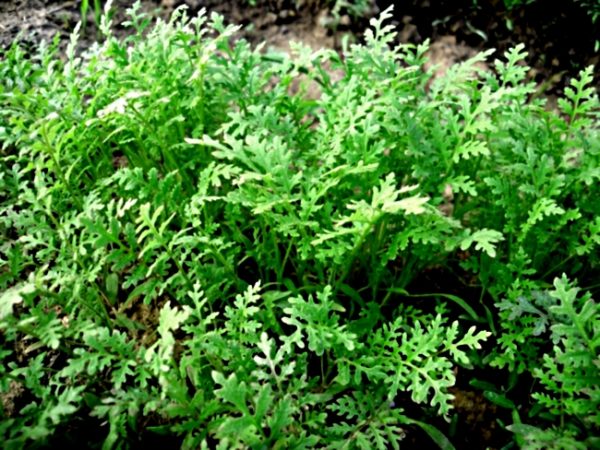
Rapeseed winter and spring as sideratnaya fertilizer
Among the main predominant characteristics of rape is the ability to suppress weeds, to improve the soil structure, saturating it with useful microelements.
Spring variety is desirable to plant in late March or early April. The cut is made after 35-45 days. Winter rapeseed is planted from August to the end of October. Cut off the aerial part should be before flowering.
When planting with carrots in vegetables, an increase in the yield and quality of root crops is observed.
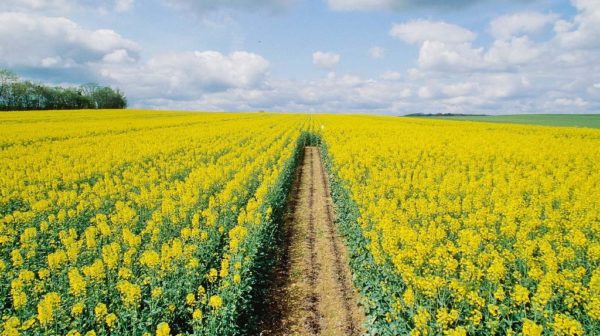
The use of mustard in spring and autumn
Siderat perfectly copes with cleaning the soil from scab, late blight, black leg, and other diseases.The plant due to the content of essential oils repels pests (nematode, wireworms, etc.). Mustard grows on almost any soil, quickly forming a green mass.
After planting, the soil is enriched with phosphorus, potassium, sulfur, and other microelements. Sow the plant can be on the beds at any time. Cut at the initial stage of flowering until the formation of the pods and immediately plow.
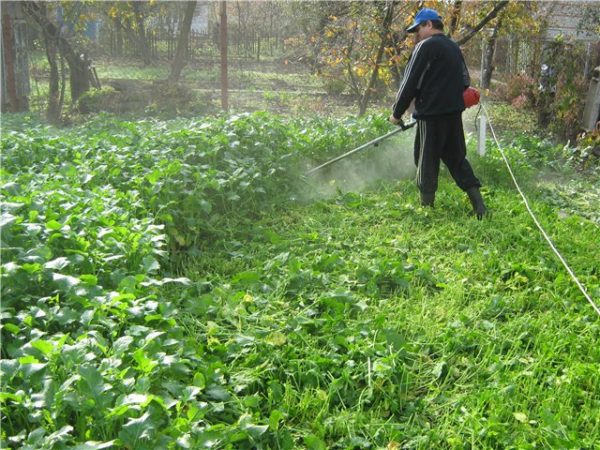
Oats in the winter in the garden
Culture improves soil structure, enriches with nutrients, inhibits the growth of weeds. Resistance to cold allows sowing from March to November. HThe green mass is increased on average in 5-7 weeks, after which it is cut and embedded in the ground.
When grown under winter digging is not performed.
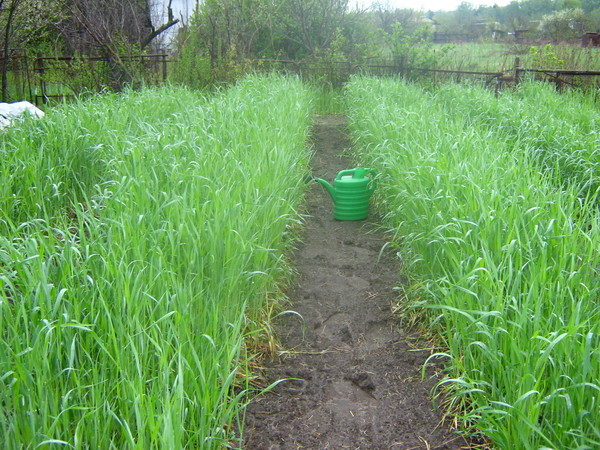
When can sow lupine
The culture belongs to the legume family; it has been used as a siderat since ancient times. Especially effective to use the plant on dense soils.
Lupine makes them loose, rich in potassium, nitrogen and other nutrients. After the introduction of green fertilizer ideally planted cabbage, cucumbers, peppers, tomatoes, potatoes. Sealing green mass produced upon reaching 1.5 months of age. A feature of lupine is its ability to reduce the acidic environment in the soil.
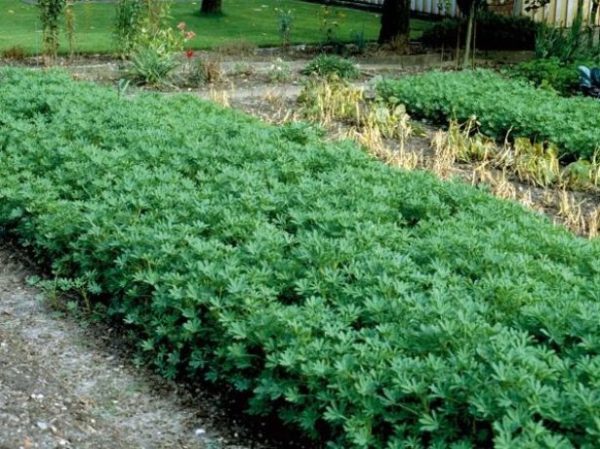
Wheat podzimnyaya in October
Planting of winter wheat under the winter at a dacha is considered an excellent option for improving the soil. Its powerful root system structures dense soils, the green mass saturates with nitrogen, calcium and other nutrients. Due to the desiccating properties of the earth, it is recommended to sow wheat in combination with other siderats.
Sowing is planned for autumn. In the spring before planting the main crop (2-4 weeks), the land should be dug up.
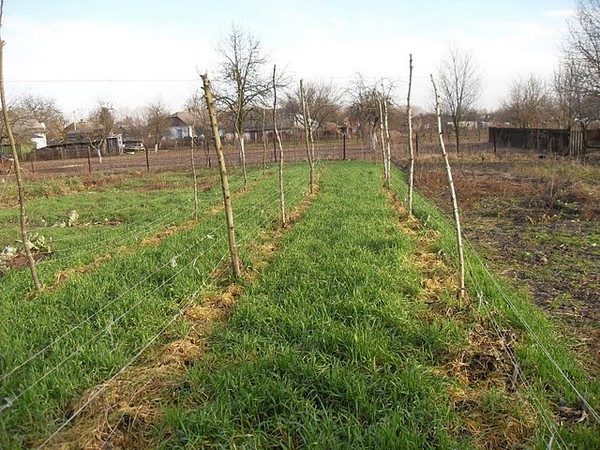
Comparison table sideratov with planting dates
| Comparative analysis of sideratov | ||||||
|
Title |
pros |
Minuses |
Timing landing |
Scheme sowing |
Readiness to mowing |
Norm seed (gr.) on weave |
|
Mustard |
reduces the leaching of minerals, loosens the lower layer of the earth, is an excellent melliferous plant, releases insoluble phosphates |
can not be planted before planting crucifers, plant seeds attract birds |
march-august |
rows, depth of seal is 3 cm, aisle - 20 cm |
1.5 months |
300-400 |
|
Lupine |
penetrates deep into the soil, loosens it, reduces acidity | grows poorly on neutral and alkaline soils, loves loosening |
April |
rows, row spacing - 20 cm, embedding depth 2-4 cm |
1.5 months |
300 |
| Winter wheat
|
effectively removes weeds, enriches the soil with nutrients | not used before cereal seeding, attracts wireworm |
August-October |
scatter, seeding depth 3-4 cm |
green height 15-20 cm |
2000 |
|
Oats |
loosens the soil, enriches with nitrogen, calcium, grows in any areas, good compatibility with most garden crops |
scant volume of green mass, demands for watering, heat intolerance |
early spring |
rows or randomly, immersion depth of 2-3 cm |
1-1.5 months |
1500-2000 |
|
Rapeseed (winter / spring) |
removes weeds, improves soil structure, quickly grows green |
It is cut off at the age of no later than 7 weeks, so it accumulates toxins as it grows |
march-august |
randomly, the depth of immersion in the soil 3-4 cm |
1-1.5 months |
200 |
|
Phacelia |
beautiful honey plant, suppresses nematode, enriches with nitrogen, inhibits the growth of weeds | high seed value |
march-august |
rows, depth of seal is 2-4 cm |
1-1.5 months |
120 |
|
Radish oilseed |
inhibits weed growth, cleans the soil from diseases, nematodes, improves the structure |
low nitrogen content in biomass, can not be planted before planting cabbage |
april-august |
sow in rows, depth of embedding 3-4 cm, between rows - 15 cm |
1.5-2 months |
200 |
|
Rye |
suppresses weeds, improves soil structure, inhibits harmful microorganisms |
the plant loves moisture, therefore it drains it greatly, plant better in regions where there are no problems with precipitation |
from August 25 to September 20 |
randomly or in rows, embedding depth 3 cm |
after the formation of green mass |
2500 |
It is very important when choosing a green manure for a vegetable garden to take into account its influence on crops that are planned to be planted on healthy soil.
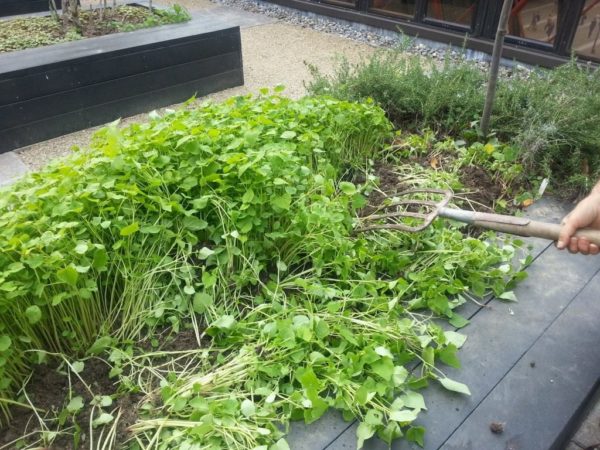
thank! all clear..